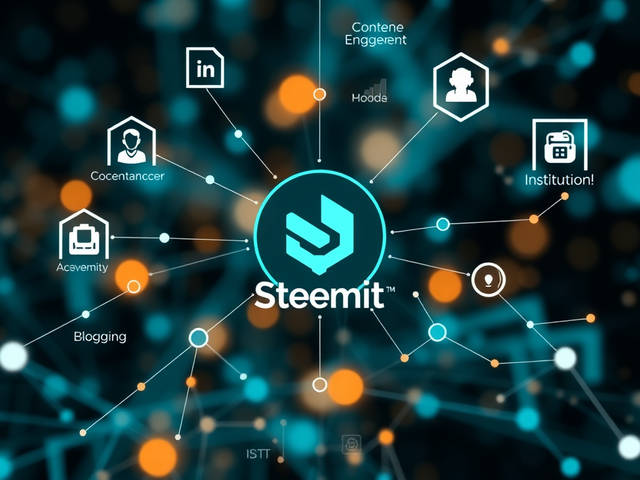Engaging Community Moderators and Institutional Bloggers: A Necessary Shift
Engaging Community Moderators and Institutional Bloggers: A Necessary Shift
The evolving landscape of blockchain-based social media platforms like Steemit requires a careful balance between content moderation and inclusivity. Adapting moderation practices becomes increasingly crucial as the platform grows and seeks to attract institutional bloggers.
Current State of Steemit Moderation
Steemit's unique blockchain-based structure creates both opportunities and challenges for content moderation. Its decentralized nature distinguishes it from traditional social media, requiring innovative approaches to content management and user engagement.
Community-Driven Moderation
The platform's foundation rests on community participation through:
1. Upvoting and downvoting mechanisms that determine content visibility.
2. User-driven flagging systems for inappropriate content.
3. Reputation scores that reflect user contributions and reliability.
Role of Institutional Stakeholders
News organizations and institutional bloggers face several challenges, including:
1. Concerns About Reputational Risks: Institutional bloggers worry that inconsistent moderation practices may harm their credibility and reputation on the platform.
2. Uncertainty Over Moderation Standards: There is confusion about the criteria used for content moderation, which can lead to anxiety among bloggers about how their posts will be treated.
3. Limited Influence on Content Visibility: Bloggers feel they have little control over how their content is prioritized or suppressed, making them hesitant to engage fully with the platform.
Challenges in Current Moderation Practices
Several key issues affect the platform's ability to attract and retain quality contributors:
Moderator Hesitation
Community moderators often show reluctance in approving certain types of content due to:
1. Lack of clear content guidelines.
2. Fear of controversial topics.
3. Lack of standardized evaluation criteria.
Institutional Concerns
Major organizations express reservations about participating on the platform due to:
1. Reputational risks.
2. Limited content control.
3. Inconsistent moderation practices.
Proposed Solutions and Updates
To address these challenges and encourage wider participation, several upgrades could be implemented:
Enhanced Moderation Tools
1. Development of clear content guidelines.
2. Implementation of multi-tier review systems.
3. Creation of specialized categories for institutional content.
Institutional Support Framework
1. Dedicated support channels for institutional bloggers.
2. Verified account status for recognized organizations.
3. Custom content management tools.
Moving Forward
The future success of Steemit depends on its ability to adapt and accommodate diverse content creators while maintaining platform integrity. By implementing these suggested changes, the platform can better serve both individual users and institutional participants. As the platform continues to evolve, regular updates and upgrades will be necessary to meet the changing needs of both new users and established contributors. The key lies in creating a balanced ecosystem that supports quality content while maintaining the decentralized nature that makes blockchain-based platforms unique. The shift toward more inclusive moderation practices represents a crucial step in Steemit's evolution. By addressing current challenges and implementing thoughtful solutions, the platform can create an environment that welcomes institutional bloggers while preserving its community-driven essence.
